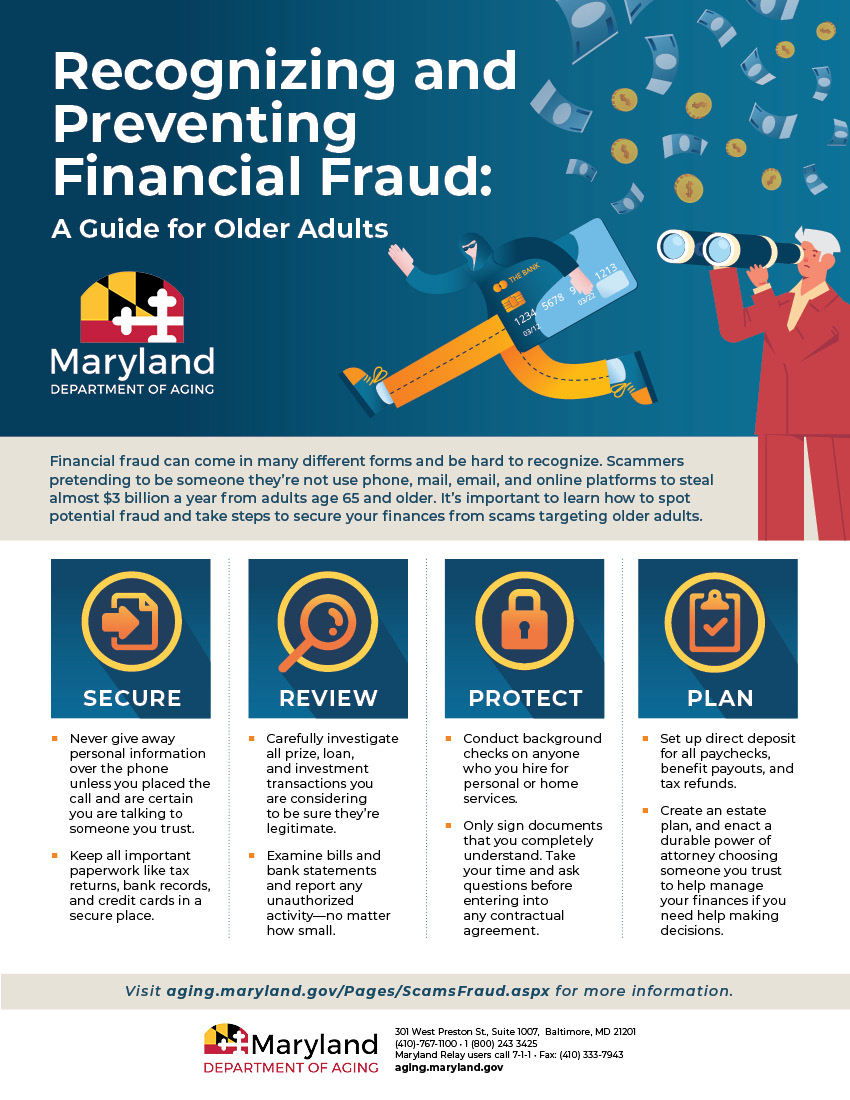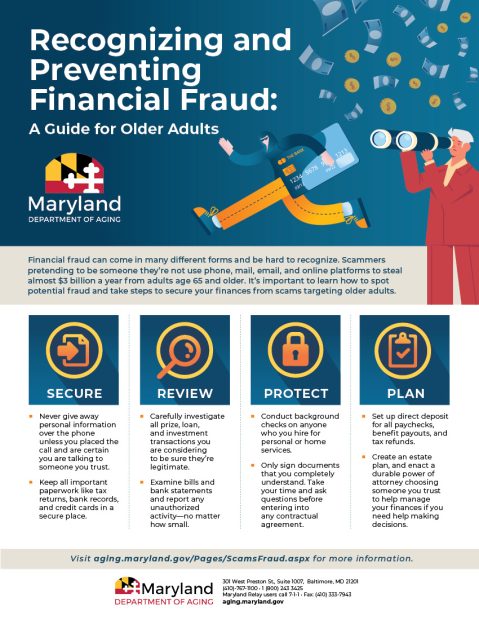
Title: How to Spot Investment Scams to Safeguard Your Finances
Investment scams have evolved to be more intricate, making it essential for prospective investors to remain educated and alert. Falling prey to these scams can lead to severe financial repercussions. To safeguard your finances, it is vital to identify the warning signs of deceptive investment schemes. Here’s a thorough guide on how to spot investment scams:
1. **Claims of High Returns with Minimal Risk:**
Legitimate investments carry inherent risks, and returns are never assured. If an investment claims unusually high returns with little to no risk, it’s probably too good to be true. Scammers frequently utilize these claims to attract unsuspecting investors.
2. **Urgency to Make Quick Decisions:**
Scam perpetrators often induce a false sense of urgency to pressure individuals into unwise decisions. Be cautious of any investment opportunity that necessitates an immediate reaction or insists that you “act now.”
3. **Unregistered Investment Offerings:**
Verify if the investment is listed with regulatory agencies such as the Securities and Exchange Commission (SEC) in the U.S. or similar organizations elsewhere. Unregistered offerings should signal a warning.
4. **Absence of Documentation:**
Genuine investments provide clear, documented details regarding conditions, risks, and financial records. If a promoter cannot offer adequate documentation, the investment may be fraudulent.
5. **Confusing Strategies or Lack of Clarity:**
Scammers frequently use convoluted language or complex strategies to befuddle investors. A legitimate opportunity should be simple and easily comprehensible. If you can’t grasp how an investment operates, it’s a cue to avoid it.
6. **Unlicensed Agents:**
Confirm whether the individual proposing the investment is licensed. Most investment professionals should be registered, and you can usually verify their qualifications through regulatory bodies.
7. **Absence of Legal Recourse:**
Numerous scams involve offshore companies or foreign investments to exploit legal gaps. Without appropriate legal action, retrieving lost investments might be almost impossible.
8. **Encouragement to Deplete Savings for “Investing”:**
Be cautious of any investment opportunity that urges you to deplete your savings, retirement funds, or borrow financially. Scammers exploit these behaviors to exacerbate your financial losses.
9. **Reliance on Testimonials:**
Be wary if an investment heavily depends on personal testimonials rather than empirical data. Scammers often use fabricated testimonials to enhance credibility.
10. **Verify Official Alerts:**
Regulatory authorities frequently issue alerts and warnings about ongoing scams. Consulting these resources can offer valuable insights and shield you from widespread fraudulent schemes.
### Steps to Take if You Suspect a Scam
– **Conduct Comprehensive Research:** Leverage online resources, review feedback, and seek second opinions from qualified financial professionals.
– **Report Any Suspicious Activity:** If you suspect an investment scam, notify the appropriate authorities without delay. In the U.S., you can report to the SEC, the Financial Industry Regulatory Authority (FINRA), or the Consumer Financial Protection Bureau (CFPB).
– **Seek Expert Advice:** Consult with financial specialists who can offer guidance tailored to your financial circumstances.
Staying educated and vigilant is crucial to protecting your investments. By identifying the red flags of investment scams, you can take proactive steps to secure your financial future. Remember, if something appears too good to be true, it most likely is.
